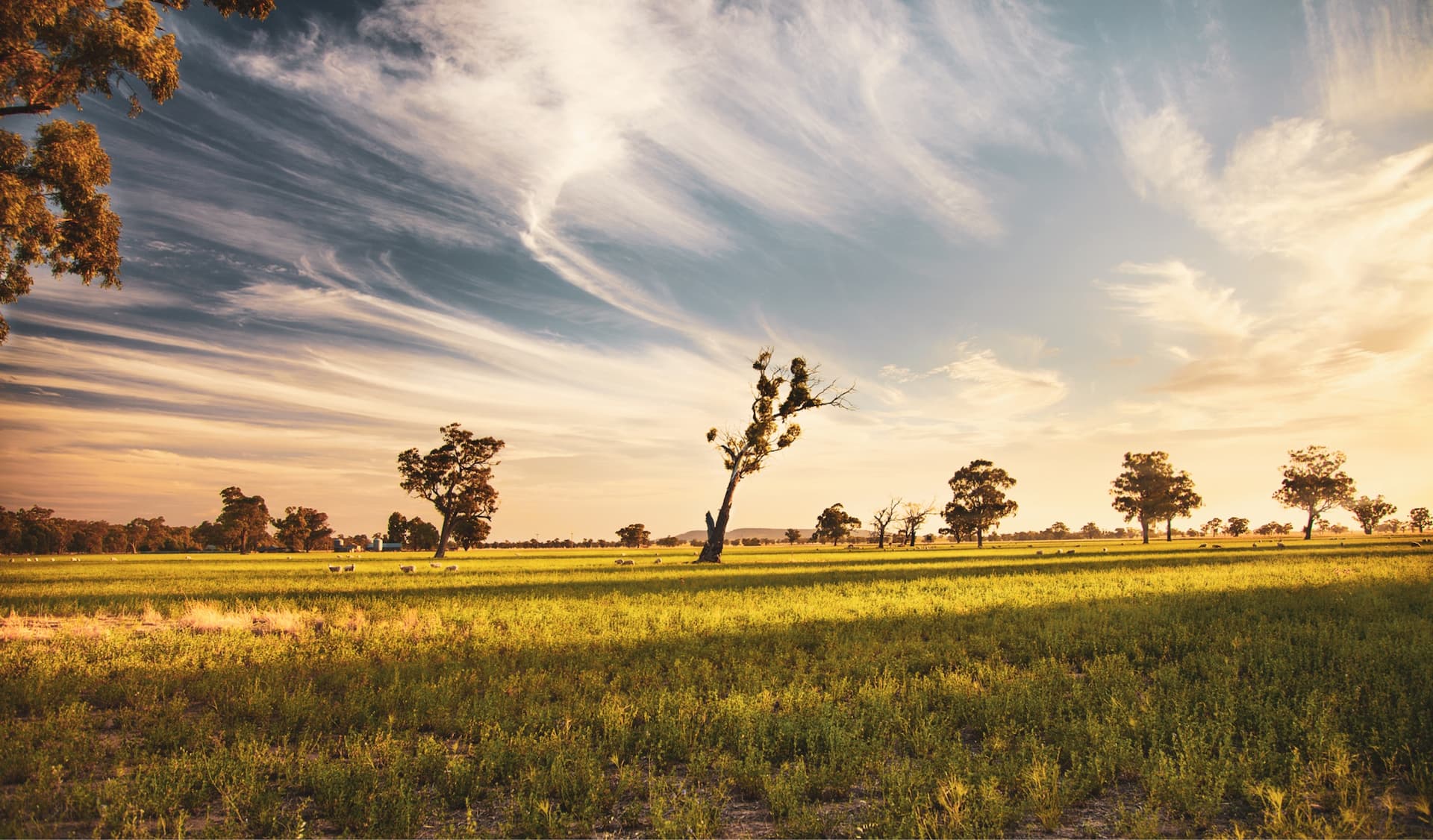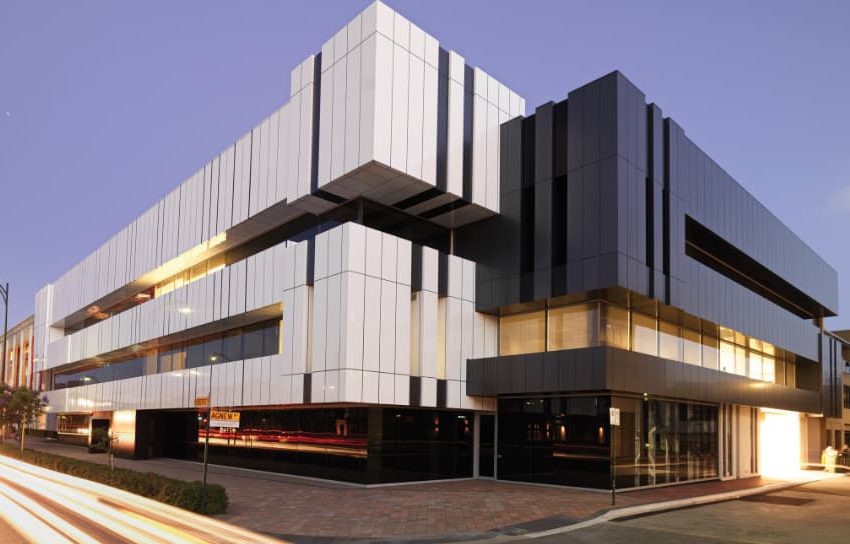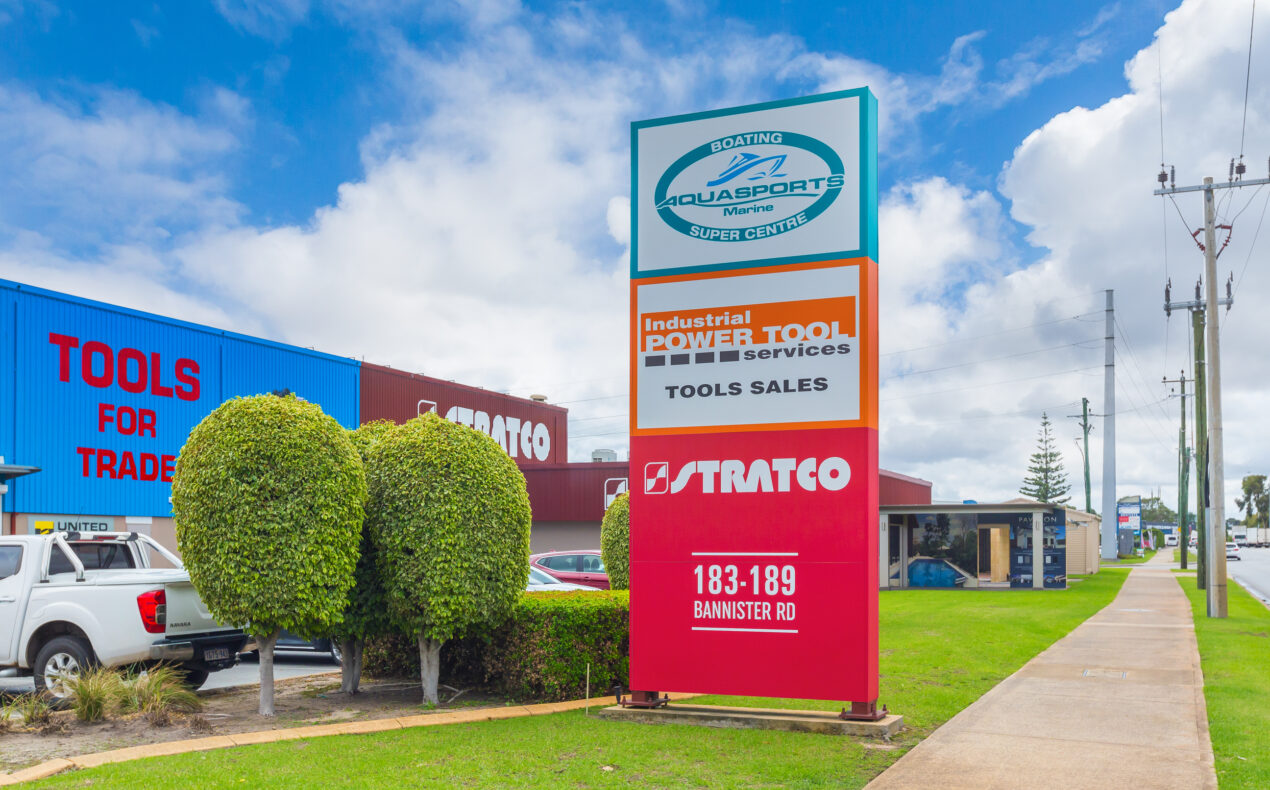Working towards a more sustainable future
QUBE’s policy of creating sustainable developments across its portfolio is more than just a box ticking exercise.
From residential to commercial, industrial and retail, we deliberately consider both the short and long-term impact of all of our processes and practices and consistently work with skilled industry practitioners to deliver the best outcomes for our buyers, tenants and investors.
We recognise that buyers, investors and consumers are placing increasing emphasis on sustainability throughout the development lifecycle and are increasingly educated and invested in what is best for the long-term outcome of the planet.
According to CBRE’s 2021 Global Investor Intentions Survey 60% of respondents reported adopting Environmental Social and Governance criteria as part of their investment strategies with the report finding that pressure was growing on developers, owners, operators and occupants to reduce their carbon footprint.
We recognise the impact our industry has on the environment and that change does not happen overnight. We have a shared responsibility to play our part in reducing carbon emissions and are consistently working towards achieving and adopting best practice measures across our projects.
Our Apsley development in Mandogalup, which currently has development approval for over 700 residential lots, is the first QUBE estate to implement the company wide sustainability initiative of including a solar power package for every household as part of the purchase price. All future QUBE estates will include a solar power package as a standard mandatory requirement for every household.
Based on a projected yield of 1799 lots at Apsley, the energy savings per household are estimated to equate to more than $2,000 a year and reduce greenhouse gas emissions by more than eight million kilograms of carbon dioxide per year.
Apsley has been designed around the site’s natural topographic features with large pockets of mature trees retained on site as well as an ongoing commitment to including extensive green pathways to encourage walking and cycling throughout the estate.
QUBE also places a strong focus on sustainable construction processes when selecting and then developing our future residential communities. The natural topography of the Apsley estate, for example, meant there was no requirement to haul in additional sand to the site reducing its ecological footprint from the start of the development lifecycle.
While at Hammond West, we’ve ensured that there will be no storm water discharge or run off at the estate which would adversely impacting local waterways.
Our commercial developments apply similarly rigorous sustainability standards.
Our development at 999 Hay was awarded a 5 star NABERS energy rating and 5 Star Green Star – office design representing excellence in environmentally sustainable design.
At 999 Hay, we ensured that mechanical, engineering, lift, lighting and domestic hot water systems were designed to maximise energy efficiency to achieve an overall performance well in excess of Building Code of Australia minimum standards.
The project also includes a high-performance, double-glazed façade and an extensive energy metering system to track energy use and reduce and optimise energy consumption over the long and short term.
The combined initiatives at 999 Hay target a carbon emission density which is less than half that of a typical Perth building and will result in combined savings of around $130,000 each year, in addition to the more than $10,000 of savings in tenant energy consumption from lighting alone.
Across our built form portfolio, we are constantly working to improve the way we work in line with community expectations and our own standards of excellence.
At our Springs Apartments development, in Bennett Springs, we have included a raft of leading sustainability features designed to reduce the impact on the environment and deliver real cost savings to its residents.
Every apartment was constructed to include water efficient taps, showers, toilets and appliances and a localised hot water system to ensure minimum waste and was constructed using durable, low maintenance materials.
Motion sensored and LED lighting is used across the common areas to reduce energy consumption, with energy efficient LED lighting included across the development to reduce energy consumption and costs in the short and long term.
In the South-West, our Stonebridge Estate development in Busselton, has demonstrated best-practice in water sensitive design that integrates sustainability with improved amenity outcomes for the community. The existing degraded wetland at the site has been protected and incorporated into public open space, with its amenity and ecological values enhanced through revegetation, weed control, fencing and removal of livestock.




